How We Are Reclaiming Grazeable Acres With a Long-Term Regenerative Management Plan
Managing plant succession and reversing woody encroachment gives us more acres to graze.
Plant succession is the process of change in a plant community over time in response to rest.
In general, low successional plants are those with short life cycles and shallow roots. Low successional plants include cool and warm season annual herbaceous plants. Higher successional plants are long-lived and deeper-rooted plants. High successional communities are typically dominated by perennial plants.
Plant Succession challenges in the Great Plains
The Great Plains has examples of high successional grasslands, but eventually, even grasslands advance to higher successional woodlands, especially in the absence of routine prescribed fire and adaptive grazing.
Because of the relatively high amounts of rainfall and warm temperatures that we experience across Noble ranches here in south-central Oklahoma, succession happens fast. Grassland and post oak savannah ecosystems naturally tend to advance to plant communities dominated by woody plants.
To maintain a plant community in its current successional stage, managers use the art and science of grazing, along with holistic land management, to shape the landscape. They use monitoring and visual references to measure progress and forecast successional changes on the land.
Over the last several decades, planned disturbances such as grazing and fire on parts of Noble ranches have not been adequate to maintain grassland savannah ecosystems. As a result, woody plant encroachment has progressed to a later, less desirable successional stage with new seedling development expanding previously established stands of brush and trees as well as initiation of new stands of brush and trees.
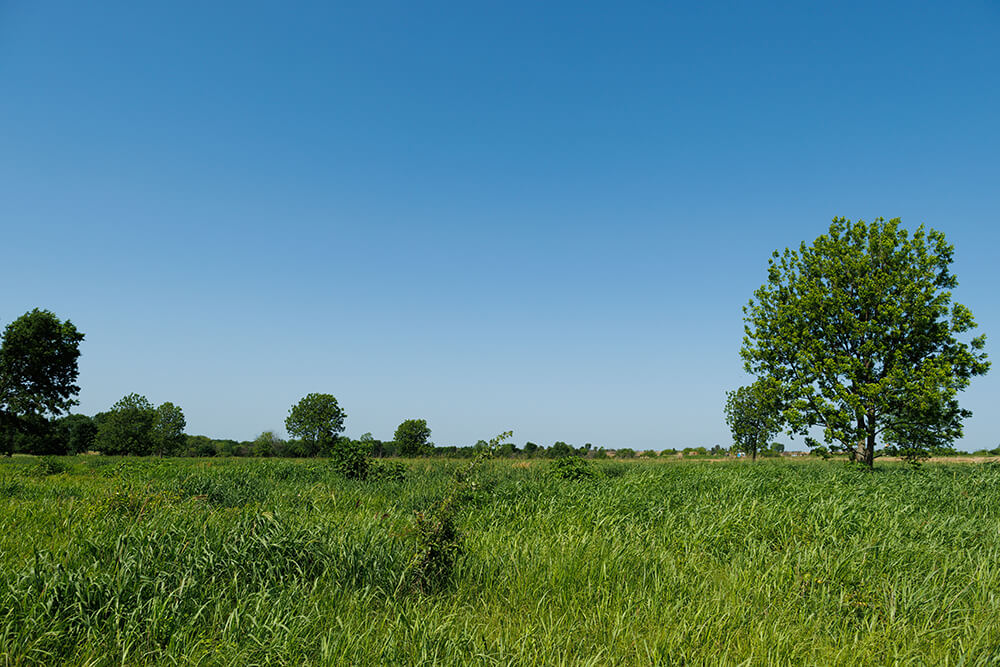
Reverting back to grassland
So, what does a manager do to get it back to a grassland? Can grazing and fire turn back the clock? Maybe — but not very often. It is difficult to reverse succession that has elevated from herbaceous dominant to woody dominant structure, unless the woody component is very young. In other words, it is difficult to reverse succession once a landscape is consumed by trees and brush.
Natural processes such as herbivory and fire can reverse succession, but typically that requires extremes such as wildfire and extremely high stocking rates. These natural disasters (or poor management practices) occurring repetitively can negatively impact ecosystem health.
The Noble ranch managers of Coffey Ranch and Oswalt Ranch are faced with this dilemma. Historically open, native grassland savannah plant communities on portions of the ranches had reached a successional stage that is composed of dense stands of woody plants that are 10-30 years old or older. Many of these woody plants would be largely unaffected by safely planned prescribed fire or grazing animals because they are so well established and mature.
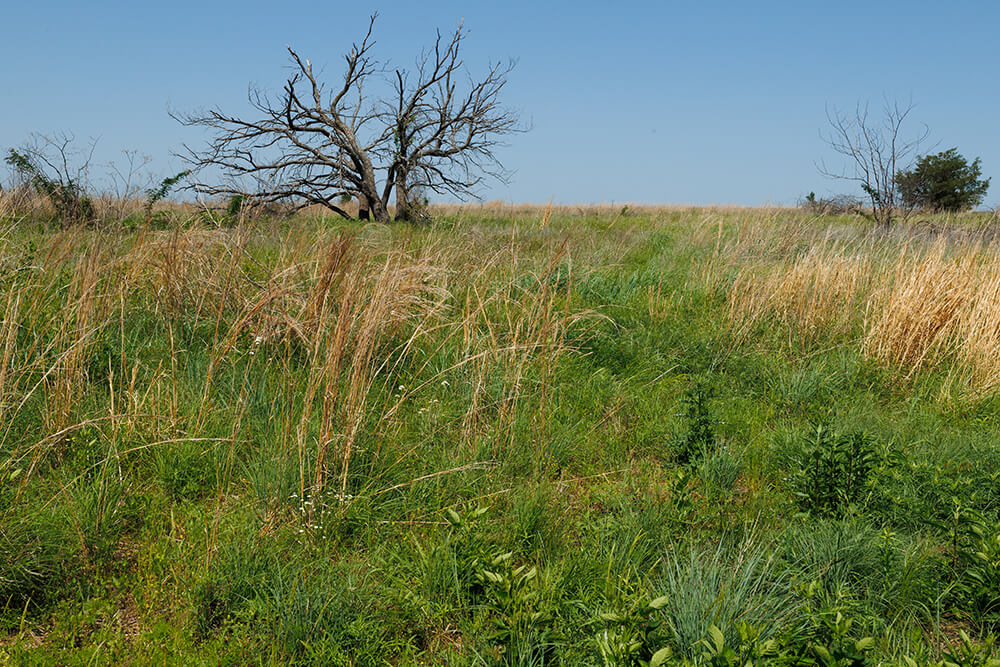
Creating our long-term regenerative management plan
To reclaim some of these woody encroached areas back to grazeable acres, Noble ranch staff began by creating a long-term regenerative management plan. Using soil maps and herbaceous vegetation inventories on the ranches, we identified wooded areas that were conducive to most rapidly developing high successional grasses. The goal is to develop this perennial stand of forage grasses for long-term use by grazing livestock. We developed a brush removal plan complementary to regenerative management that took all the ranch enterprises (cattle, wildlife, sheep and goats) into account.
We assessed mechanical and chemical control options for various species of woody plants. Ultimately, we chose brush removal strategies based on efficacy, effects to ecosystem health, cost and the ability to follow up all treatments with appropriate fire and grazing management. The ability to follow up initial treatments is crucial to maintaining the new ecological state and not allowing succession to revert the landscape to woody species.
Specific brush management strategies were selected depending on the woody species composition on specific sites. Initial treatments have been implemented or are in progress. Follow-up treatments have started on some of the sites treated earliest, and all treatments are progressing well.
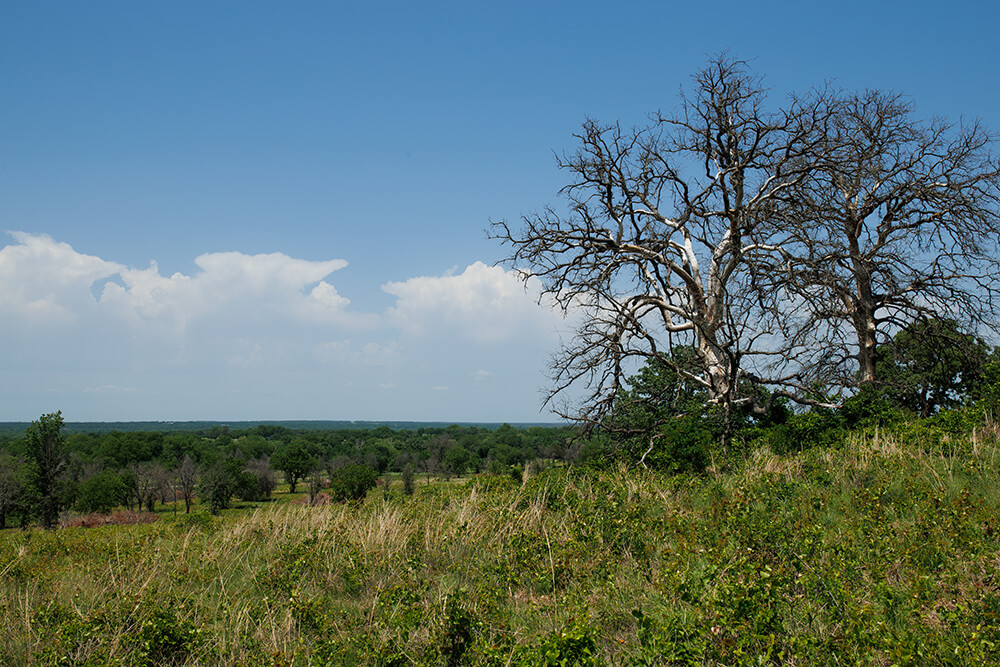
Below are the selected brush management strategies:
- Post oak thicket (dense stands of 30- to 40-year-old post oak trees).
- Treatments: Spike/tebuthiuron pellets aerially broadcast ($123/acre) followed by prescribed fire or knock-down of dead trees with bulldozer ($60/acre).
- Follow-up: Prescribed fire and multi-species grazing (cattle and goats)
- Mixed brush heavily dominated by honey locust (less-than-30-year-old stands of honey locust, post oak, winged elm, persimmon, etc.).
- Treatments: Sendero-Tordon mix aerially applied ($58/acre) followed by mechanical mulching of dead trees ($210-230/acre)
- Follow-up: Prescribed fire and multi-species livestock grazing (cattle, sheep and goats)
- Mixed brush (less-than-30-year-old stands of post oak, winged elm, persimmon, eastern red cedar, etc.).*
- Treatments: Sendero-Tordon mix aerially applied ($58/acre)
- Follow-up: Prescribed fire and multi-species grazing (cattle, sheep and goats)
- Mixed brush (less-than-30-year-old stands of post oak, winged elm, persimmon, eastern red cedar, etc.).*
- Treatments: Selective mechanical mulching of trees less than 6 inches in diameter ($210-230/acre) with low-to-moderate tree densities
- Follow-up: Prescribed fire and multi-species grazing (cattle and goats)
- Eastern red cedar (scattered low-density trees less than 30 years old).
- Treatments: Individual cutting with tree shear attached to tractor or skid steer ($20/hour plus equipment)
- Follow-up: Prescribed fire and multi-species grazing (cattle and goats)
* Part of the reason for two different initial treatments on the same woody species is for our research. We want to see, with our follow-up, if there is any difference in woody response.
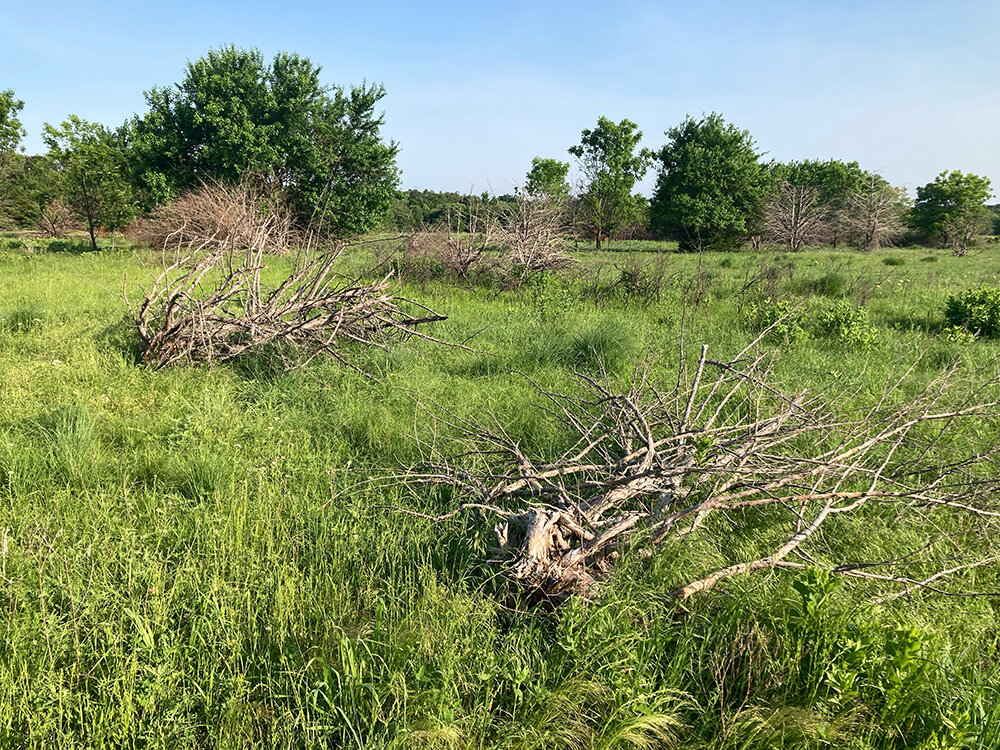
For livestock enterprises, the cost to remove brush on a single acre can be weighed against the cost of buying an additional grazeable acre. With an appropriate management plan going forward, the extra acre you’ve cleared for grazing will contribute to the profitability of the herd and the ranch by adding more carrying capacity, which enables a higher stocking rate.
At Noble’s Coffey Ranch and Oswalt Ranch, we created a plan to reverse succession and return about 2,000 acres to grazeable post oak savannah over the next few years. For a short time, we expect some low successional plants to colonize treated areas. Likewise, we expect some brush to respond by re-sprouting from root reserves. But with our plan to use cattle and goats, prescribed fire, and rest/recovery appropriately, we expect to see some of our most productive ground rapidly transformed from heavy, impenetrable brush to high successional perennial grassland with a few native trees.
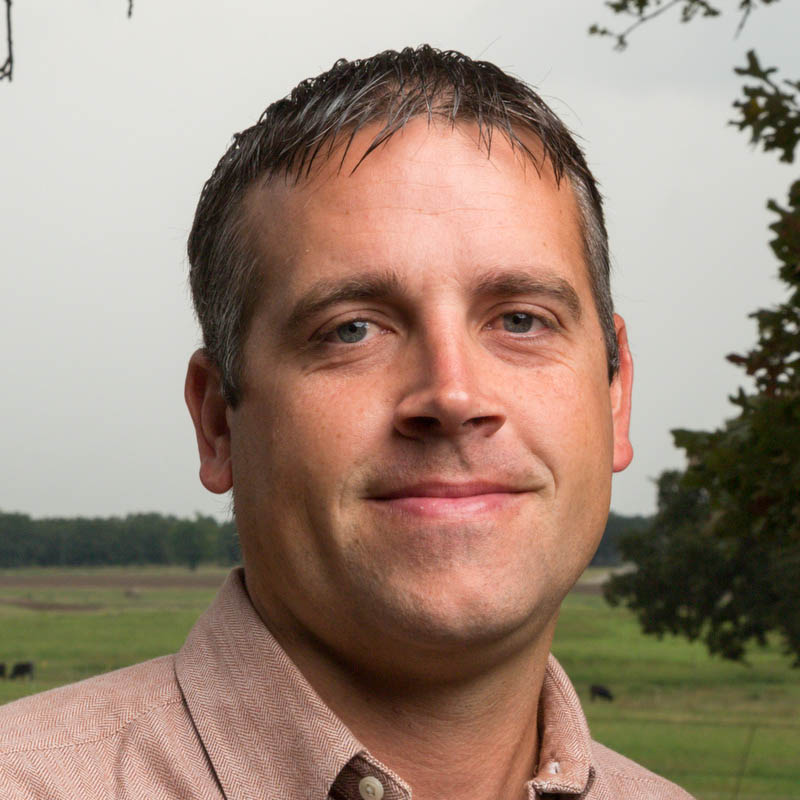
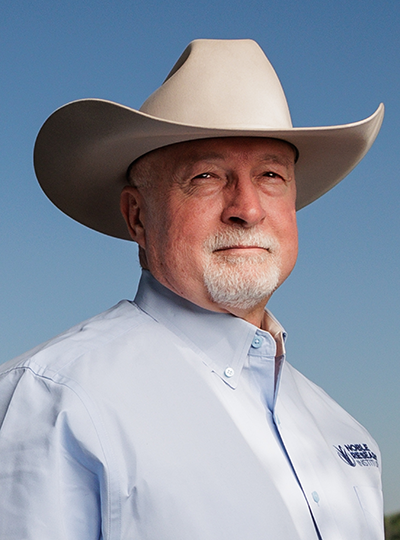
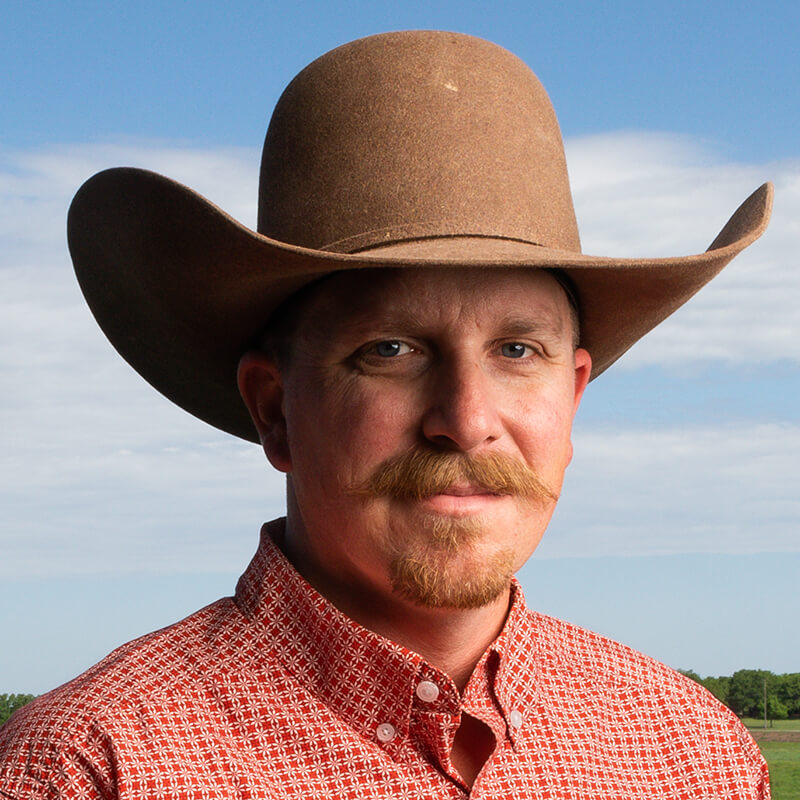
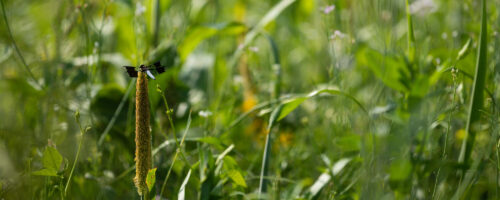
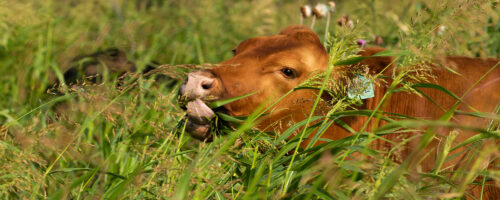
Comment